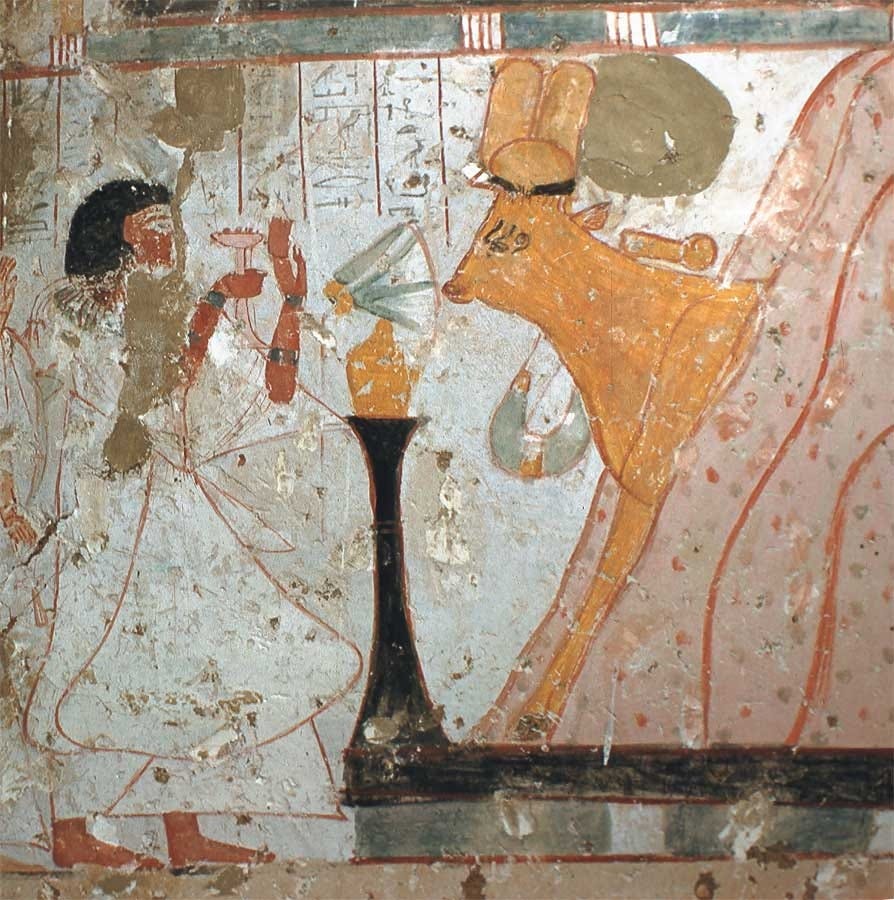Weekly Roundup- July 15th
This week we look at ancient cancer, Tudor Wordle, high-tech repatriation, and reading Egyptian art. Also, some personal updates from the Writer's Corner
World's first pregnant ancient Egyptian mummy had Cancer
The pregnant mummy continues to reveal its secrets. Polish researchers CT scanned the mummy and found unusual markings in the bones (see below). Upon further review, these markings are evidence for nasopharyngeal cancer—the now presumed cause of death of this individual. And on top of having cancer, the woman was 28-weeks pregnant.
Which brings up the important fact that being a woman in the ancient past, with such a high female mortality rate due to childbirth, was not easy. Nor is it easy to be a woman now. Pregnancy can actually suppress the immune system, actually helping cancer to grow. Cases like this make you grateful for modern medicine, but remind us that modern women still have very real, very human bodies that need all the self-agency they can get.
For more information about childbirth in the ancient world:
Filippini, N. M. & Boscolo, C. (2021) Pregnancy, delivery, childbirth : a gender and cultural history from antiquity to the test tube in Europe / Nadia Maria Filippini ; translated by Clelia Boscolo. Abingdon, Oxon ;: Routledge, Taylor & Francis Group.

The Robot Guerrilla Campaign to Recreate the Elgin Marbles
There is nothing more contentious in the repatriation debate than the Parthenon marbles. Now, the Institute of Digital Archaeology out of Oxford University is getting involved. Perhaps best known for their 3D-printing of the Monumental Arch of Palmyra that was destroyed by ISIL in 2015, the research group is now tackling the parthenon marble problem. Using Carrara marble and 3D scans the group is computer-carving reproductions.
Referencing Amber’s earlier post about virtual exhibitions and archaeological reproductions—what role do reproductions play in the museum world? Who asked for them? Who would be “happy” with having these reproductions—even these exact copies? We can’t help but think that neither the British Museum nor Greece would be satisfied by these and that this won’t really solve the problem. But on the brighter side, this level of computer-led carving has a lot of interesting possibilities for allowing a deeper analysis of the three-dimensionality of the reliefs…
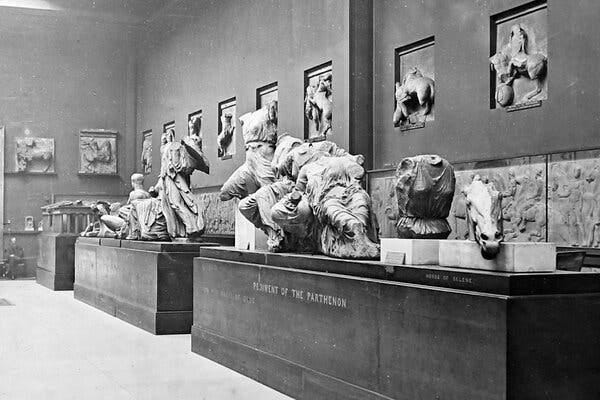
Why does ancient Egypt's distinctive art style make everything look flat?
This is the first topic any instructor must cover in a class on Egyptian art! Egyptian art has an interesting aspective view. The Egyptians were not going for realism but the essence of a person or thing, a kind of magical hieroglyph to bring an offering or spell or transformation into being. Images were believed to have real power and therefore had to convey the most important aspects of the person depicted — a larger size equated to importance, for example. So too did the order of things. And don’t get us started on the potential violence of direct stares; there is a reason almost all humans are presented in profile. Somethings The Bangles missed in their song…
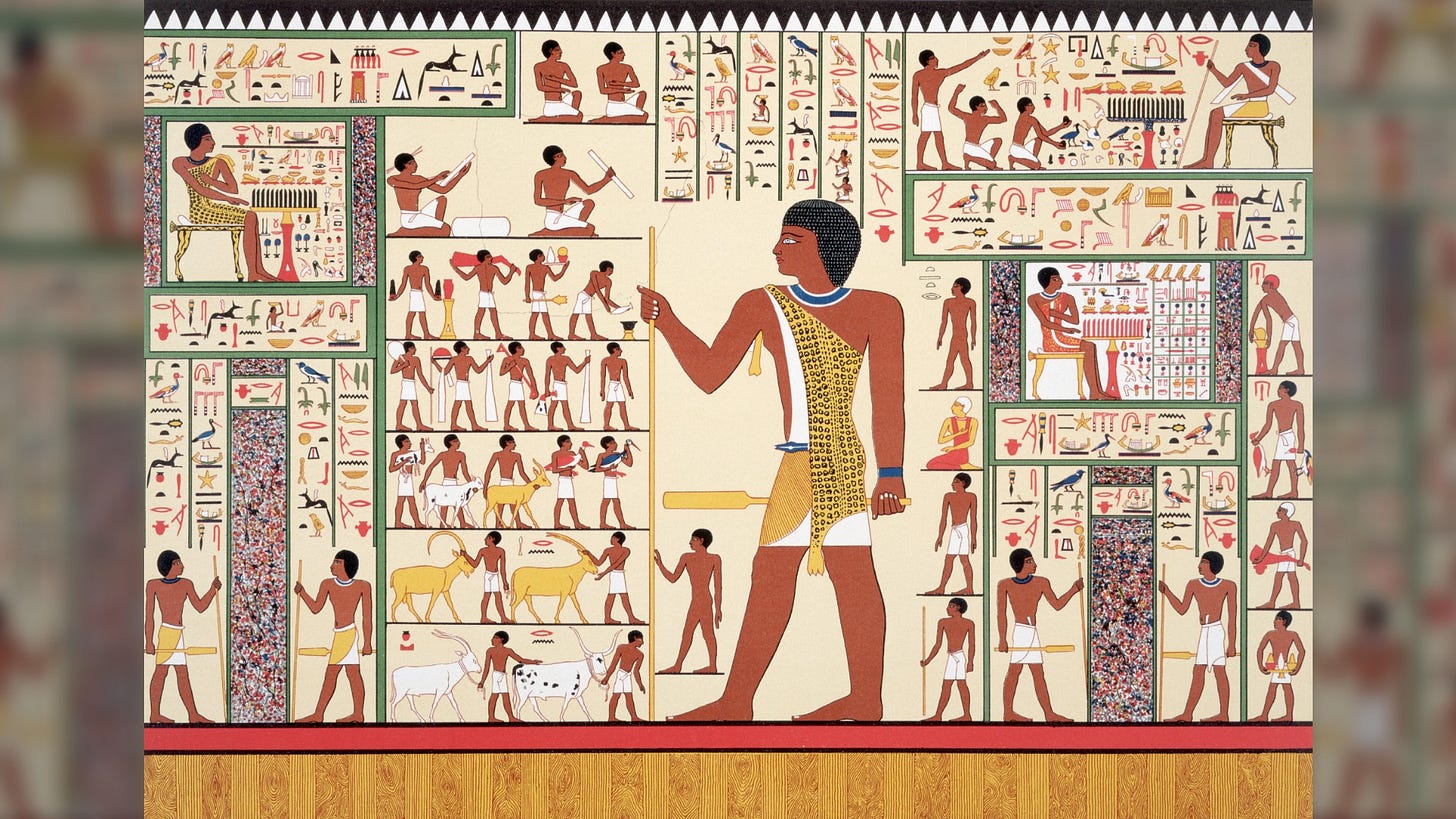
Decoding the Defiance of Henry VIII’s First Wife
Vanessa Braganza, a Ph.D. candidate in English at Harvard, while conducting her research, was stuck on a complicated cipher, or as she called it, “Tudor Wordle.” Word ciphers were fairly common in the Tudor court—because what else you gonna do—and Braganza was able to puzzle out the new one, reading “HENHENRICVS REX and KATHERINE,”referring to Henry VII and Catherine of Aragon, his first wife. The cipher is not strange in itself, but, Braganza argues that the item was commissioned after their divorce and was Catherine’s silent form of defiance, commissioning a piece of jewelry with this cipher from the famous Hans Holbein. Alas, it is unclear if the piece was ever made and, if so, what happened to it.
Kudos to Catherine to fight the Patriarchy in her own way!
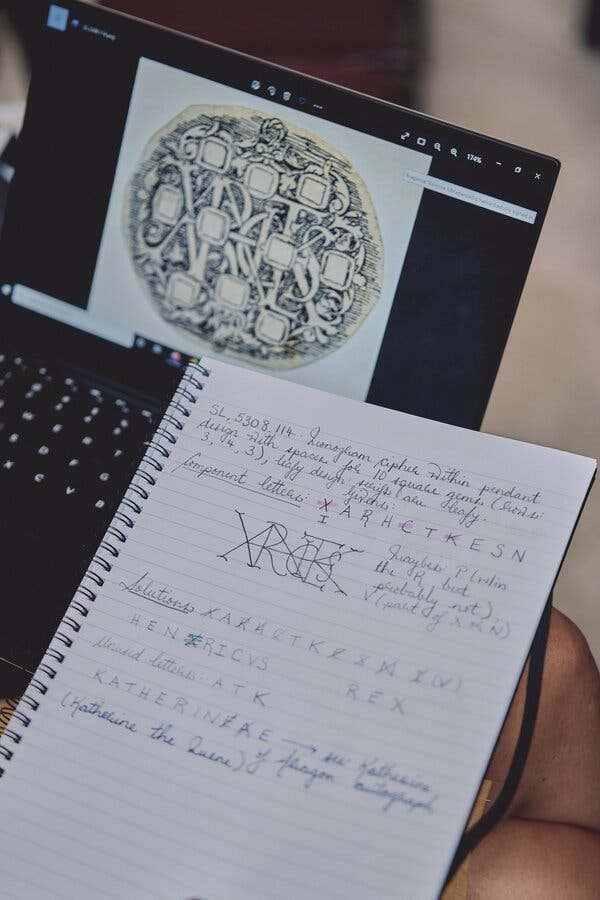
South to the Promised Land
Everyone knows about the underground railroad via the north and Canada, but did you know that there was also a route for enslaved people to escape south, down to Mexico? An estimated three to ten thousand people fled slavery via this southbound Underground railroad. The Mexican government even armed the border to prevent Black Americans from crossing. All of this brings up the amount of trauma the Rio Grande has witnessed and continues to experience today.
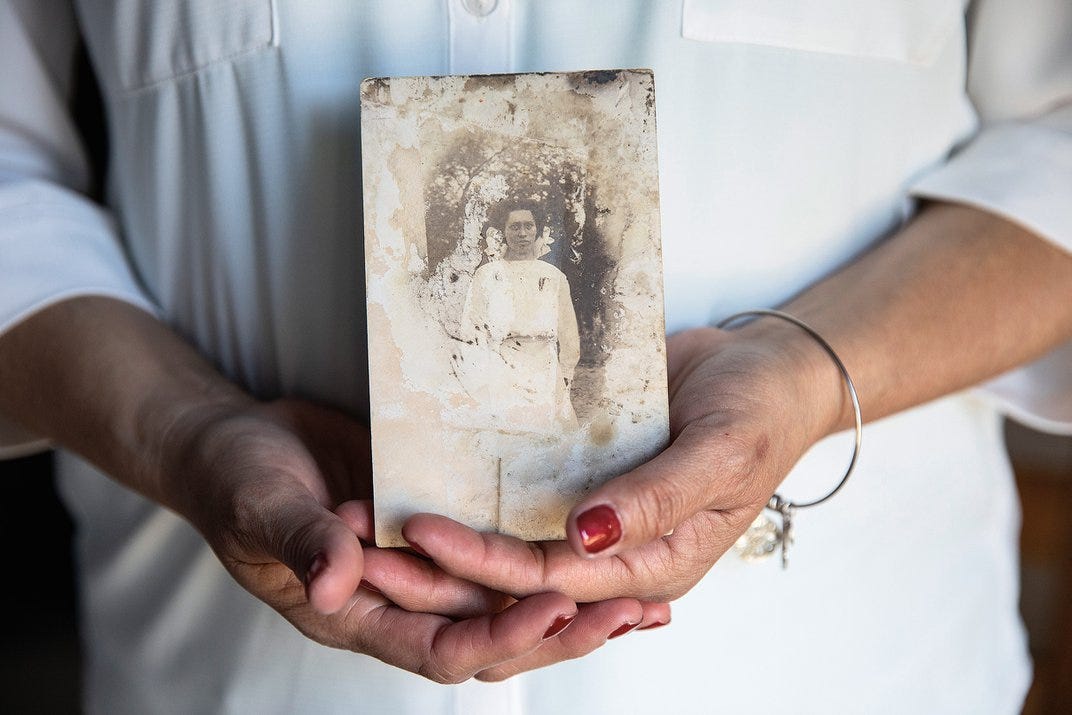
Writers Corner:
Kara:
I’m working on my coffins book, a long-overdue monstrosity of a book including about 1000 images with annotations and description, accompanied by analysis of coffin reuse and the historical context thereof. Due date is soon, but this is our first stab at the cover….
Jordan:
I’ve been spending a lot of time grading this past week. I am TA coordinator for Kara’s Women and Power in the Ancient World course, which also happens to be a Writing Intensive. The summer is a 6-week session focused on developing an argumentative paper or podcast episode. This week the student’s just turned in their preliminary thesis statements and annotated bibliographies—lots of interesting ideas and with the current political climate many of the students are motivated more than ever to understand the roots of the patriarchy.
Otherwise, I have finally been able to get back into my dissertation work. I am finding a lot of interesting expressions of style that have never been discussed to my knowledge. Its incredible what you find once you start an in-depth analysis. To give you a taste. I mean, come on, look at the flounce on that kilt. *chef’s kiss* An extravagant take on the already voluptuous Ramesside fashions. A clear show of status and wealth.







